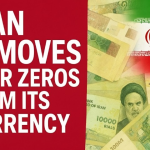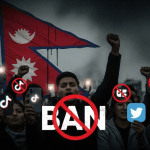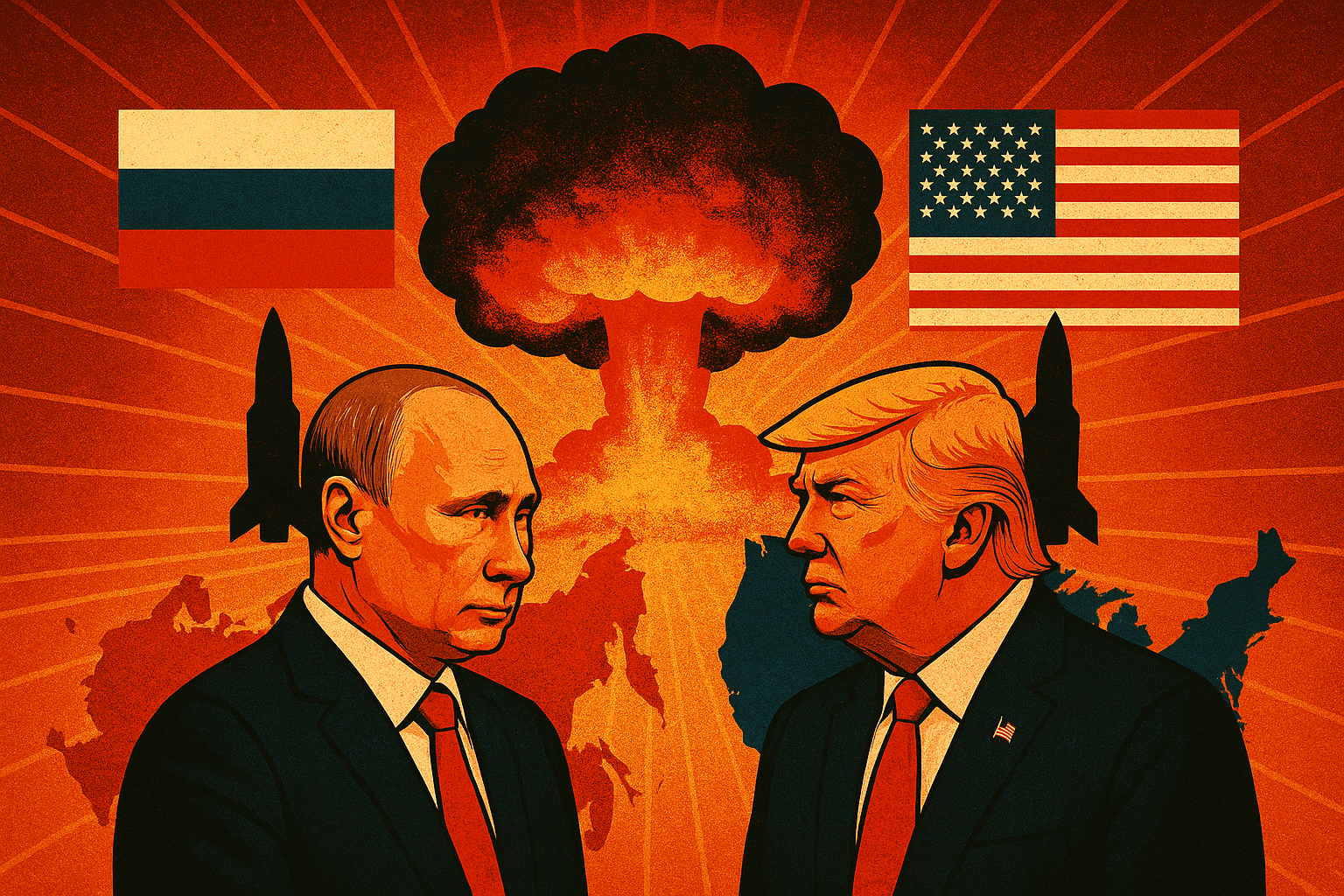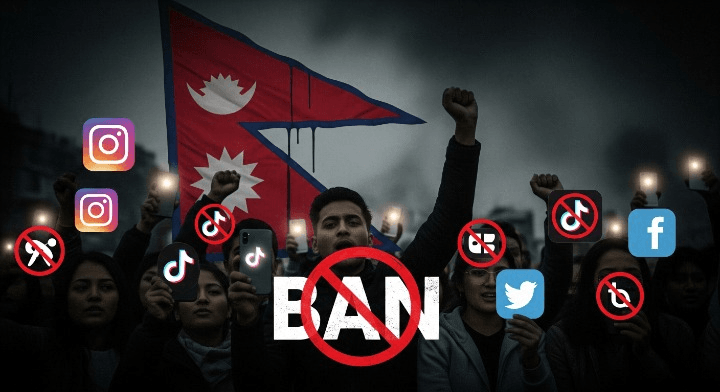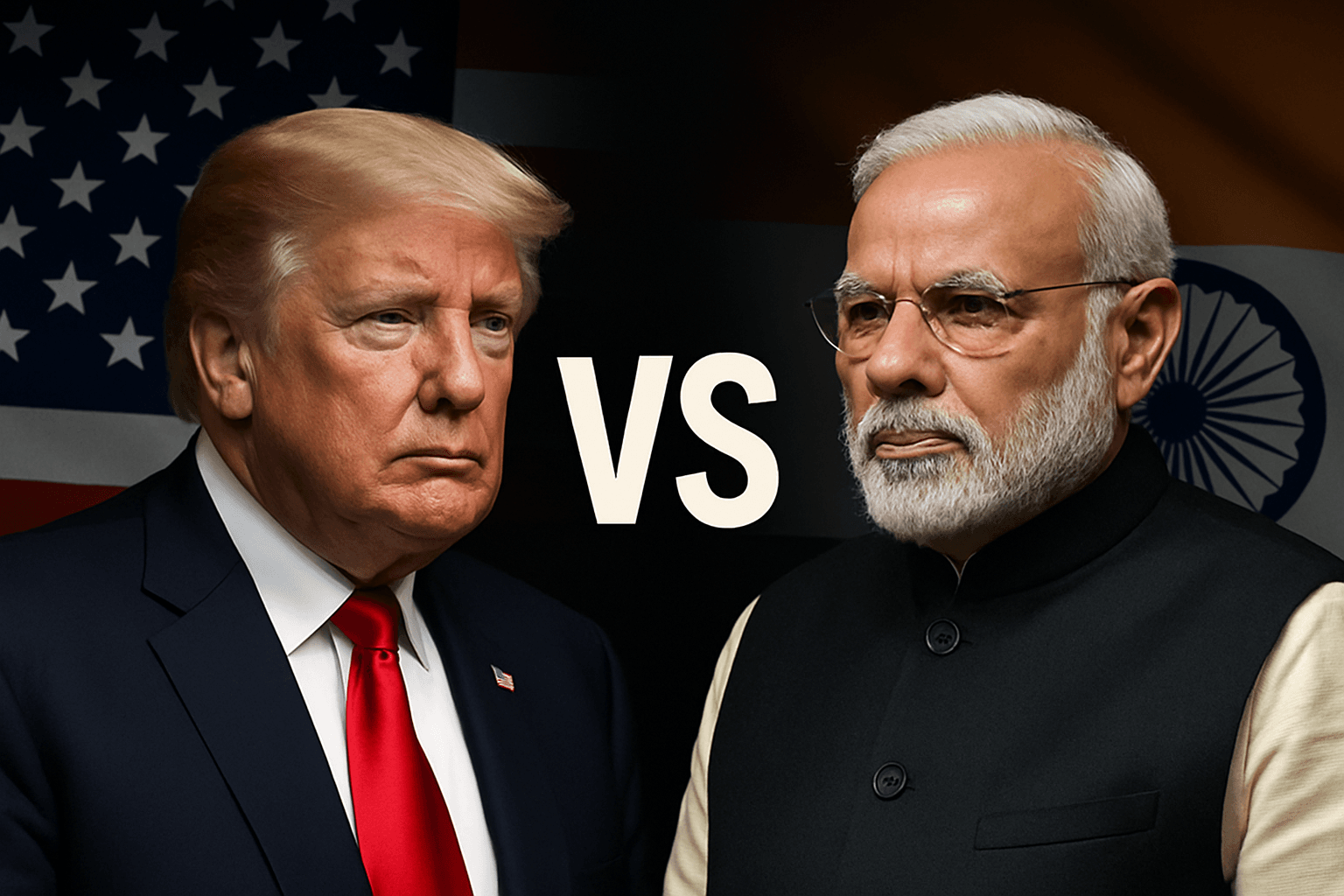Nepal's Gen Z Protests: Social Media Ban Sparks Deadly Unrest and Political Upheaval
In early September 2025, Nepal witnessed one of its most significant youth-led movements in decades. What began as a government-imposed ban on popular social media platforms quickly escalated into nationwide protests, violent clashes, and eventually the resignation of top political leaders. The incident has not only reshaped Nepal’s political landscape but also highlighted the growing power and frustration of its younger generation.
The Trigger: A Sweeping Social Media Ban
On September 4, 2025, the Nepalese government abruptly blocked access to 26 major social media platforms. The list included Facebook, Instagram, WhatsApp, X (formerly Twitter), YouTube, and Reddit. The official reasoning was that these platforms failed to comply with a new law requiring them to register locally.
However, for millions of Nepalis, particularly the youth, the ban felt like an attack on freedom of expression, connectivity, and livelihood. Social media is a critical space for education, business, and communication in Nepal, and cutting it off overnight led to outrage.
The Outbreak of Protests
By September 8, 2025, protests had erupted across the country. The demonstrations were largely led by Generation Z, giving the movement the label “Gen Z Protests.” Thousands gathered in Kathmandu, Pokhara, Itahari, and other cities, carrying placards, chanting slogans, and demanding the reinstatement of social media access.
The protests escalated quickly. Demonstrators attempted to march toward the parliament building in Kathmandu. Security forces responded with tear gas, rubber bullets, water cannons, and even live ammunition. What began as peaceful gatherings turned into violent confrontations.
Tragic Casualties
The clashes left at least 19 people dead and hundreds injured, making this one of the deadliest civil movements in Nepal’s recent history. Images of wounded protesters and chaotic streets flooded both domestic and international media, further fueling public anger.
The Straw That Broke the Camel’s Back
The social media ban was the immediate cause of the protests, but the deeper frustrations ran far wider. Young Nepalis have long expressed dissatisfaction with corruption, unemployment, lack of opportunities, and political instability. For them, the ban represented the government’s disregard for their voice and future.
Symbols of resistance also emerged during the protests. Notably, the One Piece “Straw Hat Pirates” flag became a popular emblem among demonstrators, symbolizing rebellion and unity against oppression.
Government’s Response and Political Fallout
The scale of the protests forced the government to act swiftly. On September 9, 2025, less than a day after the violent clashes, Nepal lifted the social media ban. But the damage had already been done.
Home Minister Ramesh Lekhak resigned, taking moral responsibility for the police crackdown.
Prime Minister K.P. Sharma Oli stepped down amid mounting public pressure and international scrutiny.
The government also promised an independent investigation into the deaths and injuries caused during the protests.
What This Means for Nepal
The Gen Z protests mark a turning point for Nepal’s political and social landscape. They highlight:
Youth Power – With over half of Nepal’s population under 30, the younger generation has shown it can no longer be ignored.
Digital Rights as Human Rights – The events reinforced the importance of online platforms as vital spaces for free speech and livelihood.
Political Accountability – The resignations of top officials demonstrate the potential of people’s movements to demand responsibility from those in power.
Looking Ahead
While the social media ban has been lifted, the protests underline deeper systemic issues that Nepal’s leaders must address. Corruption, unemployment, and lack of opportunities remain unresolved challenges. If ignored, they could fuel further unrest in the future.
For now, the Gen Z movement stands as a powerful reminder of how digital freedom and political accountability are deeply intertwined in today’s world.
